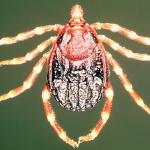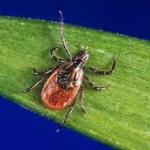When the novel coronavirus, now known as SARS-CoV-2, emerged from China, conspiracy theorists -- including a promine
virus
Not all worrisome infectious diseases target humans. Some target animals, and the consequences can be devastating.
A news report from Virginia says that two people are dead and 18 have been hospitalized following an outbreak of an unknown respiratory infection at a ret
Another creepy hemorrhagic fever is in the news. This time, the victims are pigs, rather than humans.
The homelessness crisis in several major cities across the United States is a national embarrassment. And the news keeps getting worse.
This adventure begins in North Carolina. I'll let the CDC begin: "In early February 2017, two adults traveled from North Carolina to Arkansas with two dogs and 13 cats."
In 2011, the global public health community declared the eradication of rinderpest, a severe viral disease of cattle.
Ebola is the most famous of the hemorrhagic fever viruses, but it’s not the only one.
I may be pathogenically biased, but in the world of germs, nothing is more frightening than viruses.
Last year, a team of researchers led by Ellen Foxman and Akiko Iwasaki of Yale University provided supporting evidence for the popular notion that being in cold weather makes a person more susceptible to catching cold.











